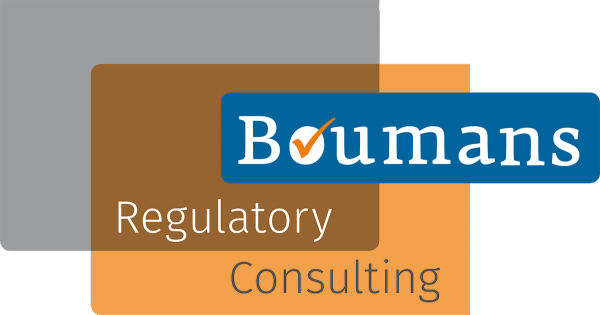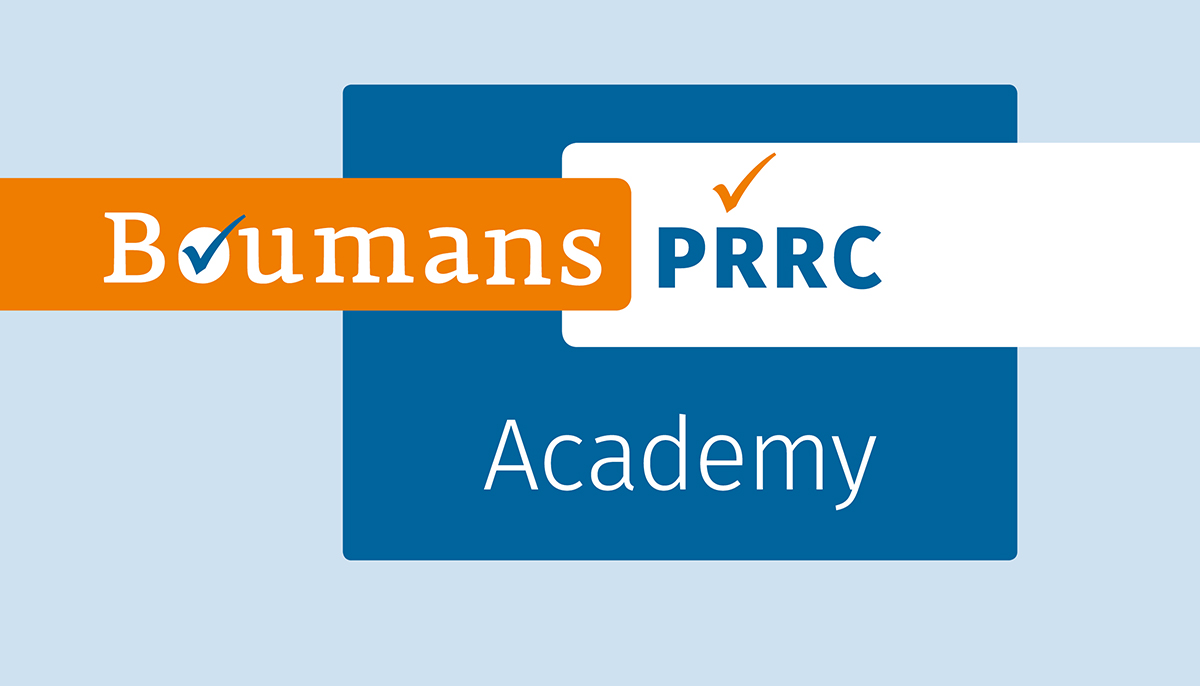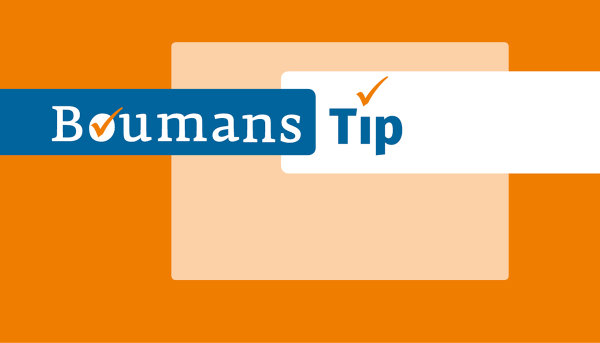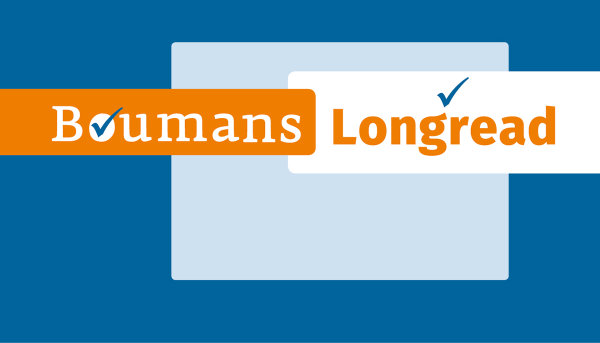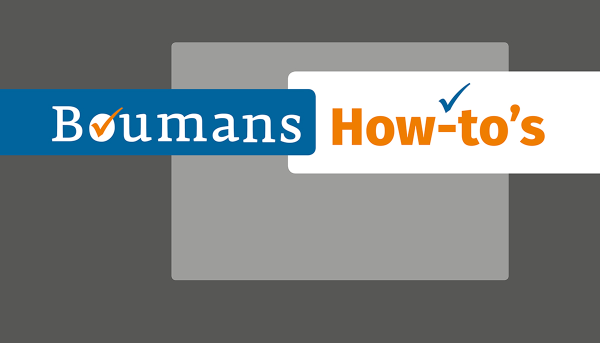The PRRC conundrum: is the PRRC really responsible…?
Article 15 of the MDR and IVDR require a legal manufacturer or authorized representative to appoint a PRRC. This is a person who is supposed to be responsible for regulatory compliance. MDCG guidance document 2019-7 Rev. 1 explains under what conditions someone can be appointed as a PRRC and it provides some information about what the PRRC is supposed to do. However, there is still a lot of practical information missing.
On top of that, the title of the job appears to be misleading. The PRRC must ensure compliance, but that does not mean the PRRC has any responsibility at the level of the economic operator. The PRRC is only there to make others act in compliance with the requirements.
Mind the bus
Over the past years, we have seen how the position of the PRRC has evolved within companies. Not surprisingly, the PRRC has been used as the scapegoat by companies that got into trouble. Several PRRCs have been thrown in front of the bus by management under pressure, and these numbers appear to go up, rather than going down.
The other way round also happened. Middle managers acting as the PRRC succeeded in hiding serious issues for quite some time until they dragged the whole company with them.
Avoiding these scenarios means that the role of the PRRC must be understood and organized well. Clear ‘rules of engagement’ enable the PRRC to address regulatory creep in an early stage.
The regulatory opinion
The PRRC should observe, form an opinion, and communicate about that. The training addresses all three items:
- There is a fundamental difference between the work of the PRRC and that of an auditor. The PRRC must use different techniques and look at compliance from a different perspective.
- The concept of the regulatory opinion is explored. An opinion is not a decision, and it is not about acting. However, a good opinion can guide management to take the right decisions.
- In the case of a serious issue, communication is key. A good PRRC will ensure it is possible to quickly determine who knew what and when. A good PRRC will also be able to assist in external communication to ensure it is effective and does not cause unnecessary damage to the reputation of the company.
Notified body expectations
Notified bodies have not yet published guidance on how they want to see the role of the PRRC covered. But from the first audit results, it is possible to get an understanding of what they are expecting: they are looking for someone with expertise and experience in the field in which the company is acting and they must be able to perform their role independently. They are also looking for written evidence these expectations are met. Establishing during an audit that the PRRC has a plan, follows the plan, and reports about that plan, is not yet a standard part of the audits. However, there are indications this gap will soon be closed.
Organizing the role
To ensure the PRRC is in a position they can collect evidence and inform management, the appointment letter is important and the notified body also wants to see a justification for the individual who is appointed. It is also important to cover that role in a procedure that is part of the quality management system. It would make sense for the PRRC to have an annual plan, which will allow management to anticipate. Even if ‘nothing’ happened, the PRRC should report. ‘Nothing’ is also a result. And if something unexpected comes up, the PRRC should report on that, outside the annual plan.
Templates
To organize that role PRRCs would benefit from template forms that are fit for this I developed the following sets of templates, matching with the type of economic operator and if this is for the in-house or the outsourced PRRC*:
- Justification for the PRRC
- Initial assessment template
- PRRC appointment letter
- PRRC procedure
- PRRC annual plan
- PRRC annual report
- PRRC interim report
*The student can indicate the specific role they have to receive the fitting set of templates
Four different types of PRRC
A PRRC may work for a manufacturer or an authorized representative and they may be in-house or outsourced. That results in four types of PRRC. Although they will have much in common, there are crucial differences in the details that require specific attention. The PRRC training will therefore address each of these roles. Looking at the role of the PRRC from these different perspectives helps deepen the insights.
Setup of the training
The training consists of three pre-recorded modules of about 45 minutes. With these modules come practice questions in which the student can work on scenarios that are based on real cases. These are the three modules:
- General concept of the PRRC; this module analyses Article 15 and the available guidance documents. It also explores further legal consequences and sets out the mutual expectations.
- Setting up the role; this module is about organizing the role of the PRRC. Doing this well, helps managing expectations and prepares all involved for the typical communications that may come from the PRRC.
- Handling issue; a well-positioned PRRC can prevent and issue becoming a problem and a problem becoming a crisis. In critical situations, a properly trained and positioned PRRC can help management in communicating effectively, without causing unnecessary damage to the company.
As a bonus, a short instruction of the role of the PRRC specifically for management will be added to this training.
Feedback from students:
- I could listen to you much longer, great training. You have so much experience. Many thanks for all provided templates.
- The practice scenarios are really making you think. Good choice!
- It would be nice to have one more session with more scenarios.
- A very informative and engaging course. The discussion of real-world scenarios was helpful to increase my level of confidence.
- For me greatest learning was the clarity on the distinction between the role of PRRC and the conventional QA and RA roles in the company. I also like the interactive format with a small group of participants with different perspectives and how everyone got space to express themselves and contribute to the discussions. It was very well moderated.
Costs and organization
The online PRRC starter training costs 245 Euros. This includes the applicable templates and the bonus training for management. It is possible to get free access to the first module for students who want to see if they appreciate this training. This module will only be charged once they order the full package.
For ordering the free sample module, or for ordering the full training, send an email to: ronald@boumansconsulting.com
